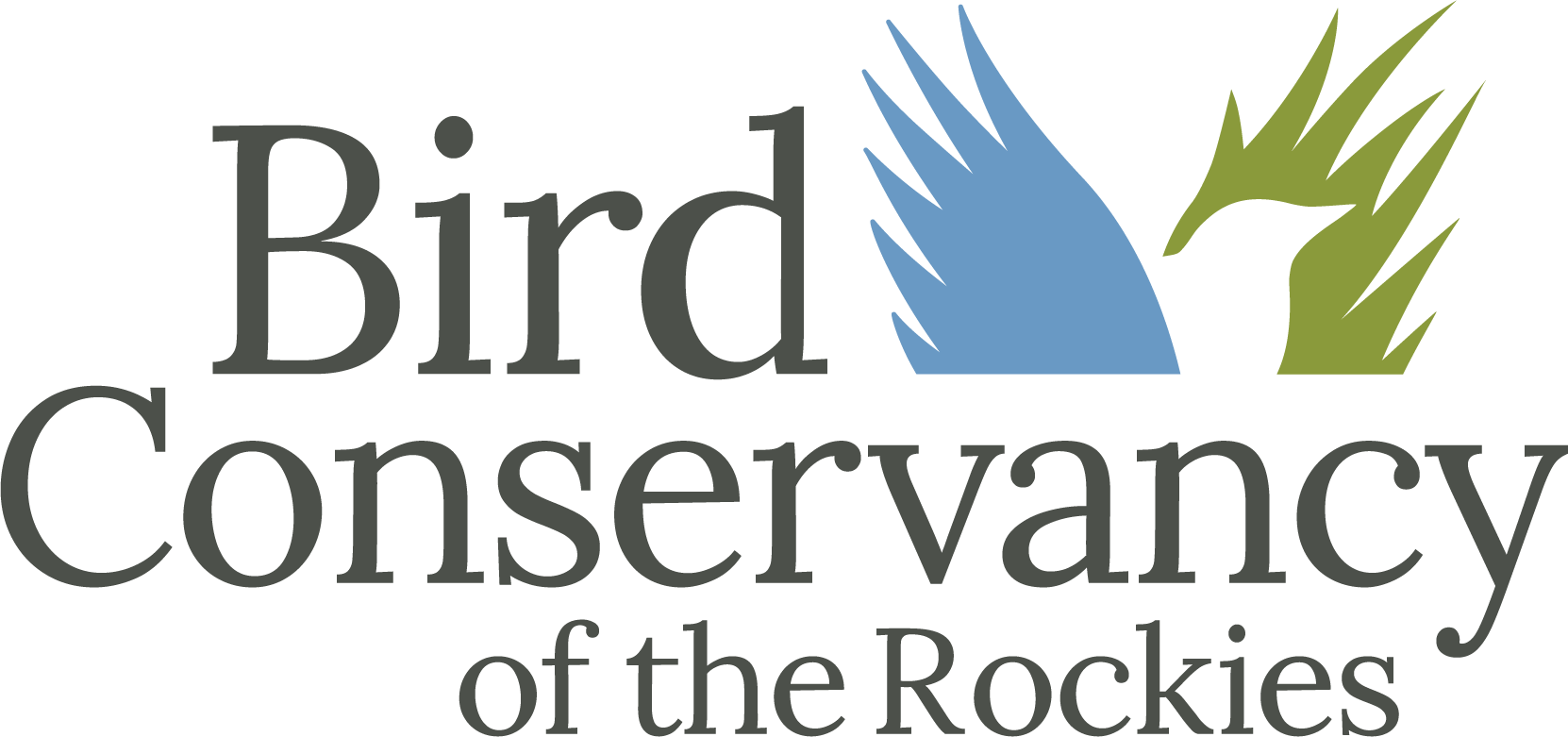Bird Conservancy and our partners spent much of 2021 implementing the first phase of a network of bird tracking stations across the Great Plains. It’s been an exhilarating, exhausting and rewarding year installing Motus stations at amazing places across central Flyway. We worked closely many partners, put 18 new Motus stations on the map, planned future sites, and watched as our towers detect tagged birds! The work continues with Motus stations installed throughout the Rocky Mountain West and northern Mexico, coupled with training opportunities for partners and deployment of over 100 radio tags on grassland birds.
Of the shorebirds species that breed in North America, a clear majority migrate to wintering grounds in the temperate and tropical regions of Central and South America. Shorebirds whose breeding and wintering grounds are far apart must replenish their fat reserves during migration. They do this by stopping at a chain of staging areas, such as the Texas Coast, Cheyenne Bottoms in Kansas, the Rainwater Basins in Nebraska, and the Prairie Potholes of the Dakota’s. Threats to shorebirds have become more diverse and widespread in recent decades and pose serious conservation challenges. Effective conservation requires a wide-ranging approach to identify and reduce threats throughout the flyway.
Species monitoring is a vital tool for conservation biology. Monitoring provides baseline information that is required for effective design and evaluation of conservation policies and management strategies. Monitoring studies are particularly important for declining species such as the Black Swift. Black Swifts have experienced range-wide population declines in the US and Canada, but the mechanisms underlying population declines are poorly understood. Our proposed monitoring network will provide baseline sampling to precisely estimate abundance, regional population size, and population trend data through time to provide valuable information for this species’ road to recovery.
High-severity fires have occurred for millennia, but historically were isolated to cool, moist forests that burned infrequently. Due to the practice of fire suppression that has become common in modern times, today’s fires are fed by over a century’s worth of accumulated fuel. Further, a warming, drying climate in the American West has dried the fuel, and expanding human development and recreation have increased ignition sources – the proverbial match in the tinderbox. These factors allow high-severity fires to burn indiscriminately across forest types. Projections vary, but all agree that the number of acres burned by these fires that are extreme in both size and intensity – now known as megafires – will increase in coming decades. Let’s take a look at what these modern wildfires mean for wildlife, and birds in particular.
The forests of the American West have long been sculpted by fire. Modern human expansion and land management practices often suppress natural fires, an in the absence of natural fire, forest conditions have been changing. Modern “megafires” are largely a result of these changes. But what were forests like before the “megafire” era? And how can our understanding of historical fire regimes improve our management practices today?
GIS is an acronym that stands for Geographic Information Science, or Geographic Information System. This powerful technology enables Bird Conservancy Biologists to answer research questions, design scientific surveys, and measure the impacts of conservation projects on bird populations at a landscape scale.
Effective conservation requires understanding when and where species face limiting factors. For nomadic birds collecting this data can be extremely challenging. Bird Conservancy is testing out Motus for tracking the winter movements for an uncommon Colorado bird, the Brown-capped Rosy-Finch.
Bird Conservancy of the Rockies researchers are developing a network of automated radio telemetry stations to study the movement of grassland birds. This work will help fill in missing information about where these birds go during migration, and will ultimately help managers better conserve important grasslands for the birds to use into the future.
The U.S. and Canada have lost almost 3 billion birds since 1970. Grassland bird species suffered the steepest declines, losing an estimated 53% of their population, or more than 720 million birds. Established in 1985, the Conservation Reserve Program (CRP) is one of the USDA’s largest voluntary conservation programs within the Farm Bill, and it’s also very important to birds that rely on grassland habitat. Unfortunately, enrollment in the program is declining, but our private lands stewardship program works to provide landowners with viable options to keep their fields in grassland habitat beyond CRP.
Every year, our friends at Rocky Mountain Raptor Program in Fort Collins, CO receive over 300 injured, sick and orphaned birds. They are nursed back to health and more than 80% of them are released back into the wild. Last fall, bird banders at our Barr Lake State Park station enjoyed the opportunity to meet one of the recipients of their kindness in person!


